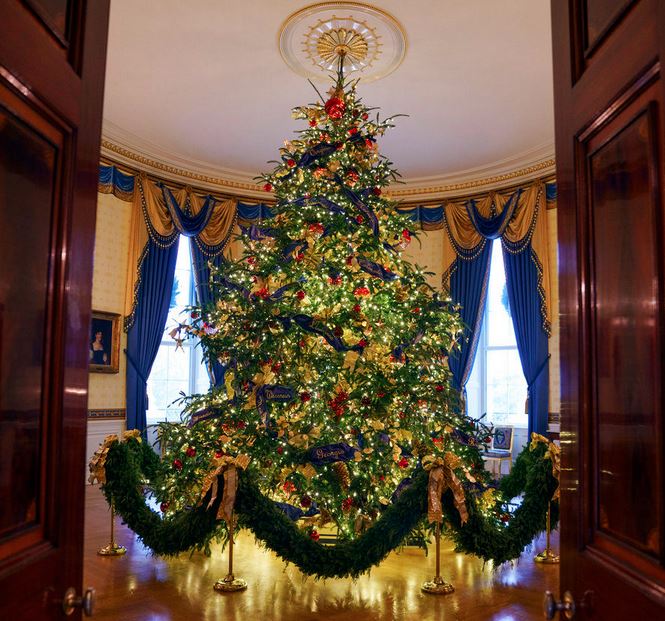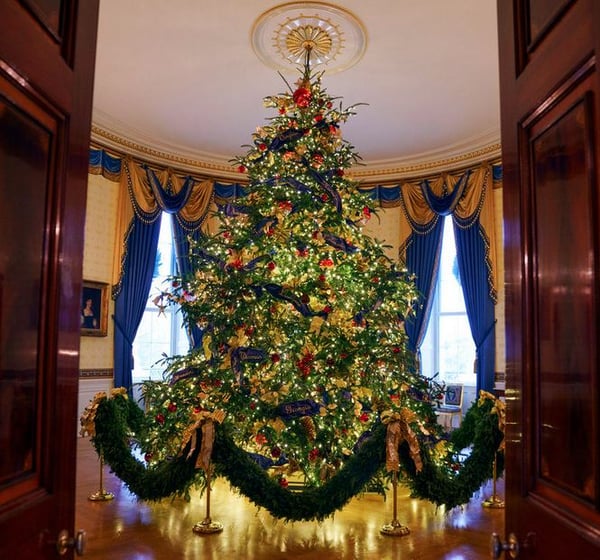2 min read
Christmas Tree Growers Must Balance Supply with Consumer Trends
John Greene
:
December 18, 2018

Forecasting market conditions based on the economic principle of supply and demand is tough for participants in the forest products industry. It takes decades for most species of trees to mature and become merchantable, and economic environments can change in a flash, as we learned during the Great Recession of 2008.
We have written about the oversupply of pine sawtimber currently growing in Southern forests, which is largely a consequence of the housing industry crash in 2009 when demand for lumber all but disappeared. As a result, many landowners simply pulled their timber off the market in hopes of driving prices higher in the future. This combination has caused the total volume of logs on the stump throughout the US South to rise unimpeded over the last decade. This oversupply combined with improved mill efficiencies is keeping log prices low even as demand for lumber remains steady, but volatile.
After facing a similar slump in the wake of 2008, a different supply/demand dynamic is now impacting the Christmas tree industry. During the Great Recession, Christmas tree farmers couldn’t afford to plant as many seedlings and, since most popular species of evergreens take roughly 10+ years to mature, the shortage of available trees is now being felt. Demand for Christmas trees is recovering but tree farmers are now struggling to keep up with the increase.
A recent National Christmas Tree Association (NCTA) survey conducted by Nielsen/Harris found that the average price for a real Christmas tree in 2017 increased to $75, up slightly from the previous year. NCTA spokesman Doug Hundley believes that prices will likely increase again this year. Per CNBC, the Christmas tree industry was not profitable for tree farmers between 2005 and 2015 due to the surplus of trees in the wake of the Great Recession. Between 2015 and 2016, however, prices shot up 15 percent and the “jump in price reflects a return to more profitable pricing, as well as a shortfall of supply.”
Hundley hopes the rising prices will follow inflation more closely, although growers must carefully monitor consumer trends to ensure that supply is in line with demand. Unlike consumers of most other wood raw materials, real Christmas tree farmers must compete with the popularity of artificial Christmas trees in the marketplace.
Christmas Tree Trends
Poll results from the survey conducted by Nielsen/Harris include:
- 27.4 million real Christmas trees were purchased in 2017 at an average price of $75; roughly the same amount were purchased in 2016 for roughly $74.
- 21.1 million new artificial trees were purchased in 2017 at an average price of $107 compared to 18.6 million purchased in 2016 at an average price of $98.70.
- Where Real Christmas trees were purchased in 2017:
- Choose & Cut Farm: 27%
- Nursery/Garden Center: 15%
- Big-Box Retail Store: 26%
- Retail Lot: 19%
- Non-Profit Group: 10%
- Other: 3%
Other interesting facts about American Christmas tree farms include:
- There are nearly 350 million Christmas trees currently growing on roughly 350,000 acres of Christmas tree farms in the US alone.
- There are close to 15,000 farms growing Christmas trees in the US, and over 100,000 people are employed full or part-time in the industry.
- The top Christmas-tree producing states are Oregon, North Carolina, Michigan, Pennsylvania, Wisconsin and Washington.

The official White House Christmas tree measures 18’ tall and is dressed in over 500’ of blue velvet ribbon embroidered in gold with each US State and territory. Photo: AP/Carolyn Kaster
Nationally, North Carolina is second in Christmas tree production behind Oregon. 2018 is the 13th time since 1971 that a Fraser fir from the Tar Heel State has been selected for official presidential display in the Blue Room of the White House. This year’s tree was grown and harvested by Christmas tree farmer Larry Smith in Avery County, NC. In the 57 years that formal records have been kept, no other state has provided as many trees for this purpose.




